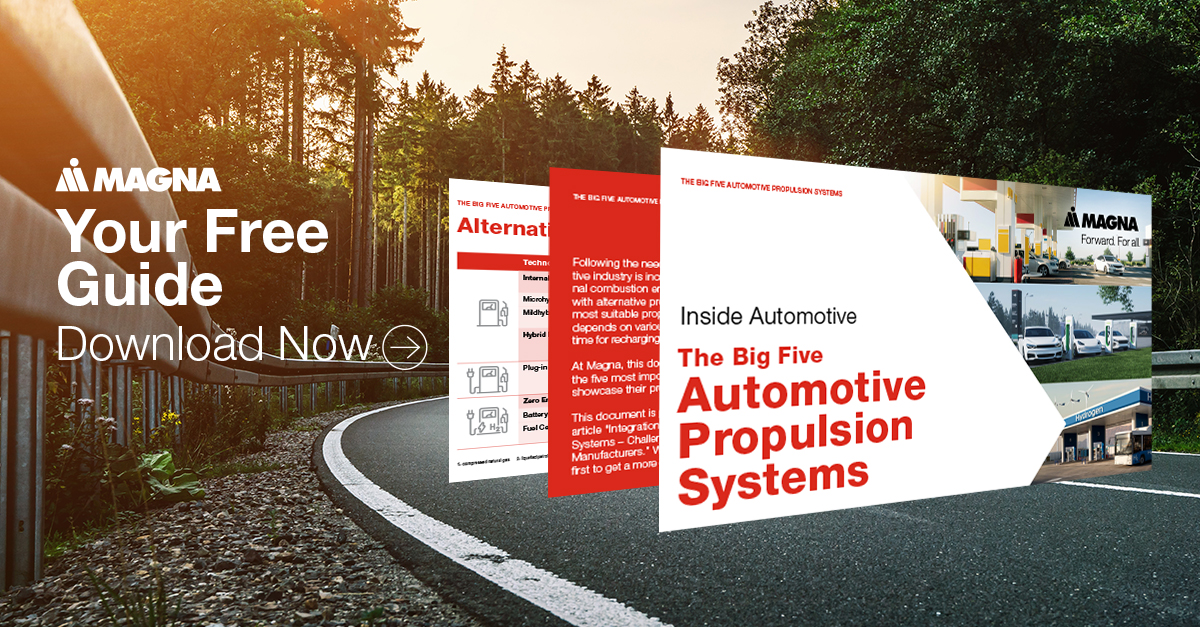THE TREND TOWARDS INCREASED FUNCTION INTEGRATION IN ECUs
Instead of using multiple electronic control units, also called an ECU, for different necessary functions of a BEV, there is an increasing trend to concentrate as many functions as possible within a single ECU. For example, not only drive functions, but charge control or thermal management could also be left to the vehicle control unit (VCU).
This is made possible by area or domain controllers that address individual functions via the respective software modules. Regarding thermal management, the VCU can control all relevant pumps and valves directly to regulate temperature.
With other functions, however, it makes more sense to interact with other ECUs through interfaces. For example, there is an interface to the control unit of the brake control to request deceleration from the VCU even though the vehicle uses an independent brake control system.
Factually, the vehicle control unit is an amalgamation of integrations of functions and interfaces to other systems. However, there is a clear trend towards the integration of as many functions as possible into a correspondingly high-performance control unit.
COMPREHENSIVE COMPETENCE WITH OTHER CONTROL AND REGULATING SYSTEMS
All systems are interconnected with each other in any modern vehicle. That is why an established development partner with additional experience and competence in other areas besides vehicle control unit development can bring additional know-how to the table.
This applies, for example, to driving dynamics control and torque distribution, which not only need to be adjusted differently according to vehicle model and model version, but also according to selected driving mode. All modern cars – especially electric cars – have a range of different driving modes ready for the driver to choose from to his or her personal preferences.
These different modes not only influence the engine response to and the characteristics of the accelerator pedal, but also affect torque distribution, the height and build-up curve of steering forces, and possibly also chassis level and damper behavior. To ensure a satisfying end customer experience, the individual vehicle systems must match with each other, or rather, be a perfect overall fit.
In addition to the VCU, the superordinate control strategy of the entire powertrain also determines the optimized driving behavior of the future battery electric vehicle in terms of efficiency, safety, driving dynamics and comfort to achieve utmost end-customer satisfaction.
Magna as a systems partner offers decades of experience in different areas. Particularly, the implementation of driving dynamics control of battery electric vehicles into the vehicle control unit forms the core know-how of drive control, which Magna continues to further develop and enhance.




.tmb-widescreen.webp?sfvrsn=8d57edff_1)


